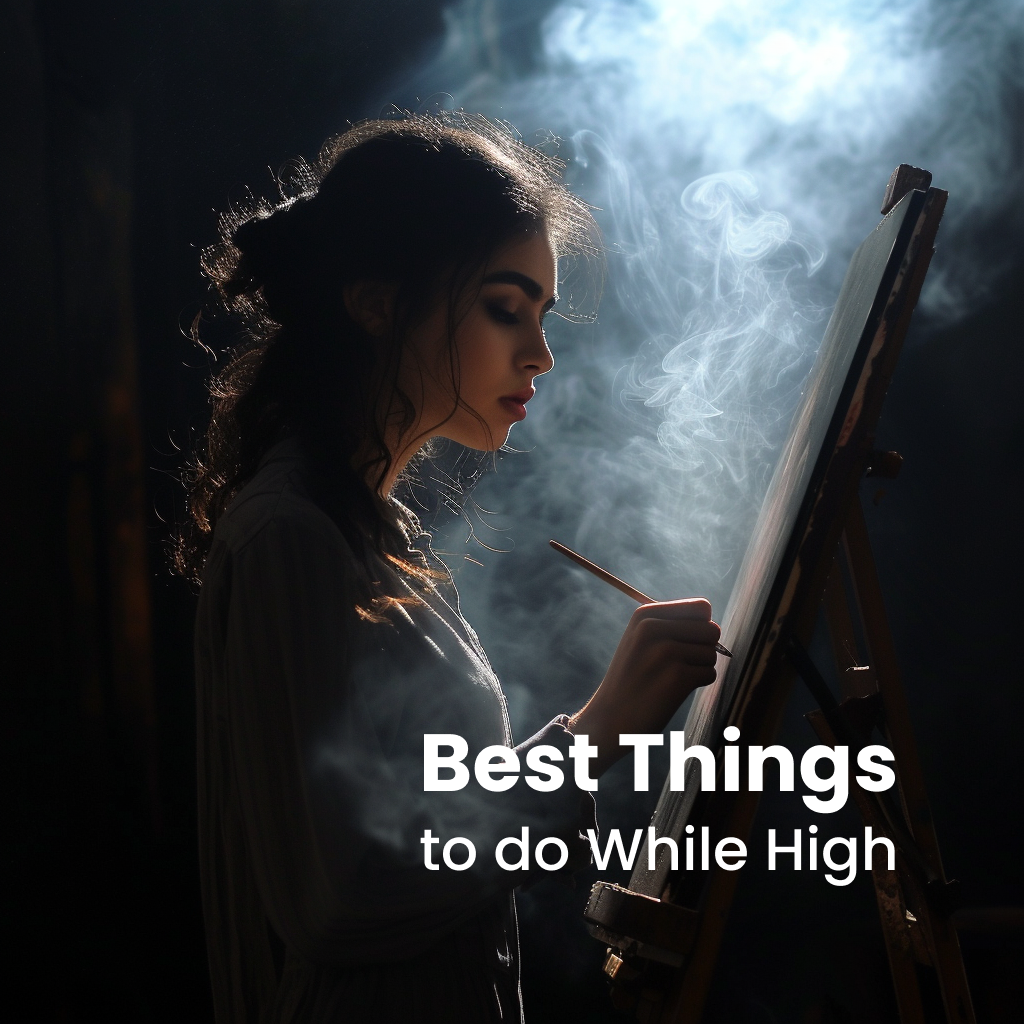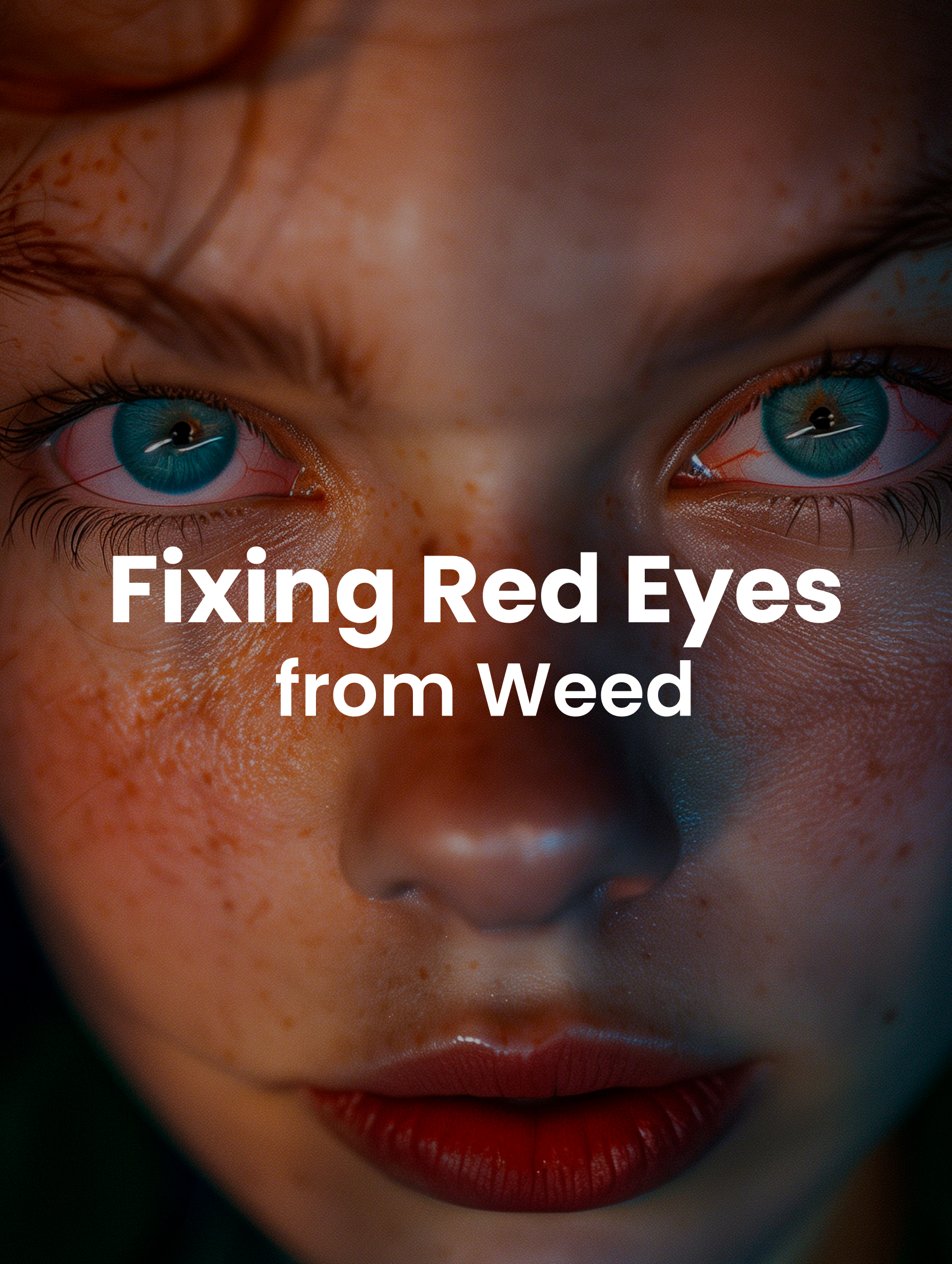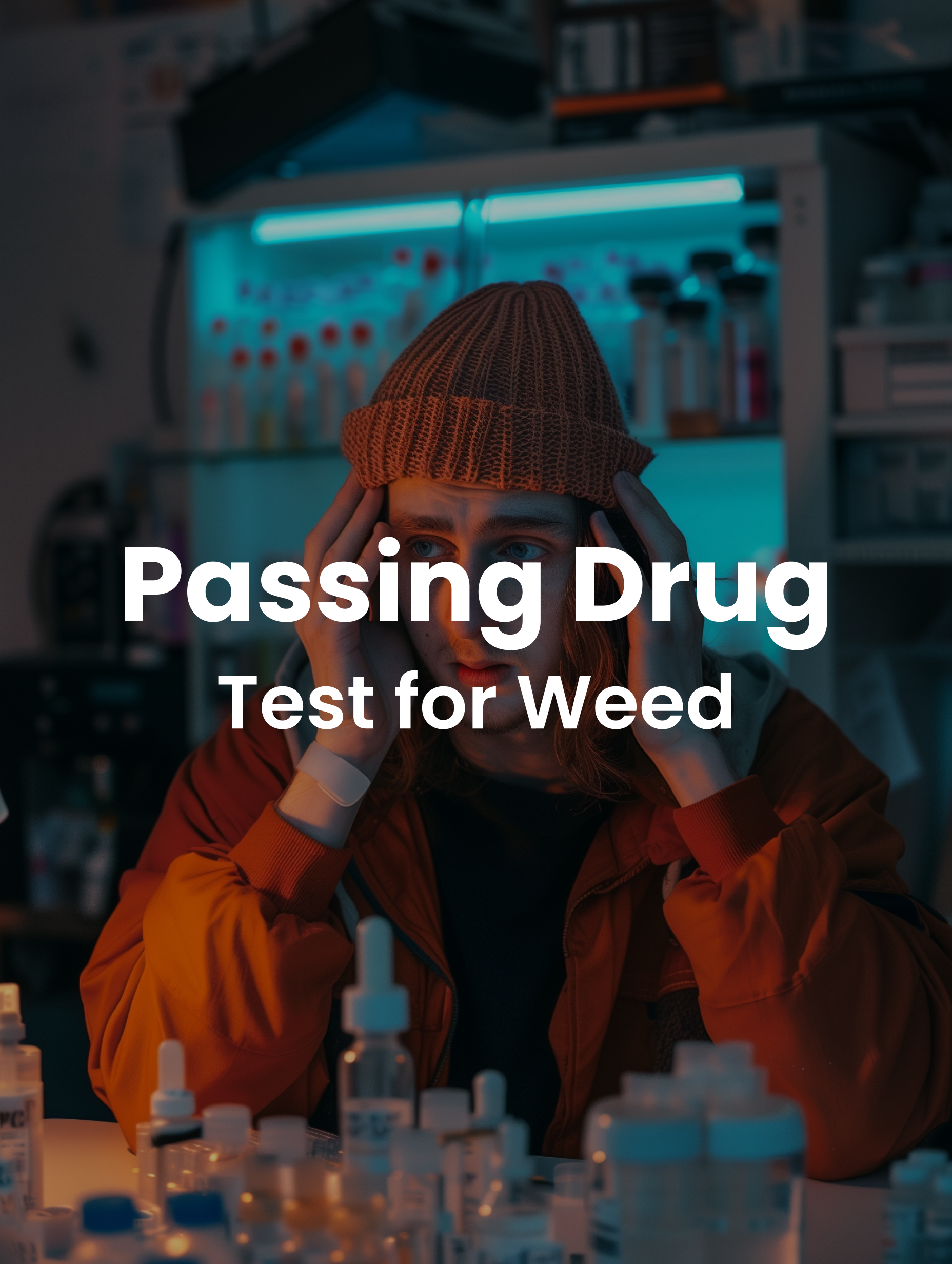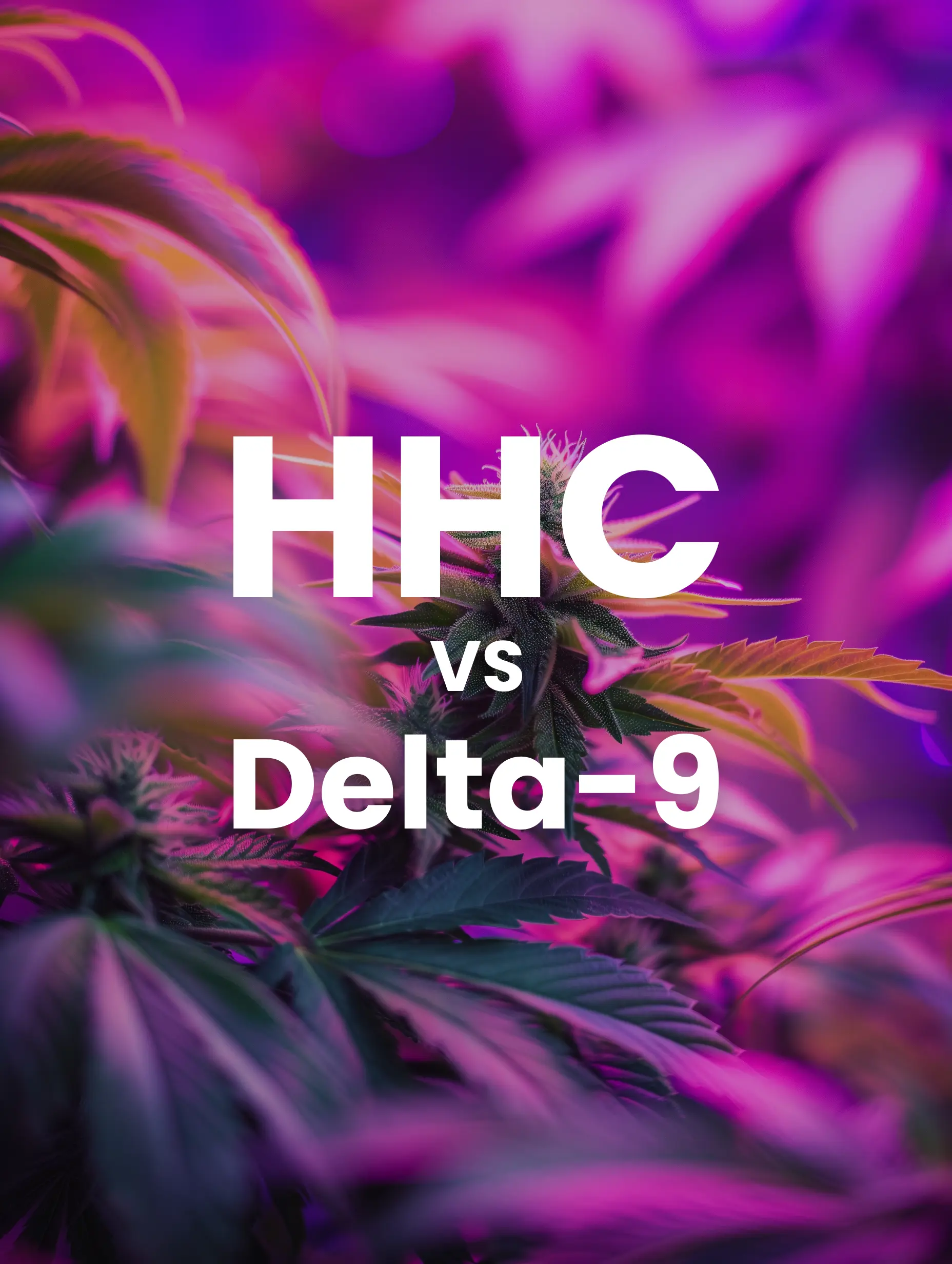How to Overcome Weed Anxiety and Paranoia
Marijuana is a popular recreational drug that is now legal in many states across the United States. While it can provide a pleasant
and relaxing experience for many users some people may experience feelings of anxiety or paranoia when using cannabis. If you’re one of those individuals who tends to feel anxious or paranoid when consuming weed there are several strategies
you can try to help overcome these negative effects and enjoy your high more fully. In this article we’ll explore some tips and techniques for managing weed-induced anxiety and paranoia.


Key Takeaways
- Weed anxiety and paranoia are caused by the interaction of THC with the endocannabinoid system in the brain
- Factors like individual brain chemistry dosage and potency method of consumption set and setting and underlying mental health conditions can contribute to the likelihood of experiencing these negative effects
- To overcome weed anxiety and paranoia start with a low dose and gradually increase choose strains high in CBD create a comfortable environment practice mindfulness and relaxation techniques distract yourself stay hydrated and nourished and know when to take a break
- If you consistently experience anxiety or paranoia when using cannabis it may be time to reevaluate your relationship with the drug and make adjustments as needed
Understanding Weed Anxiety and Paranoia
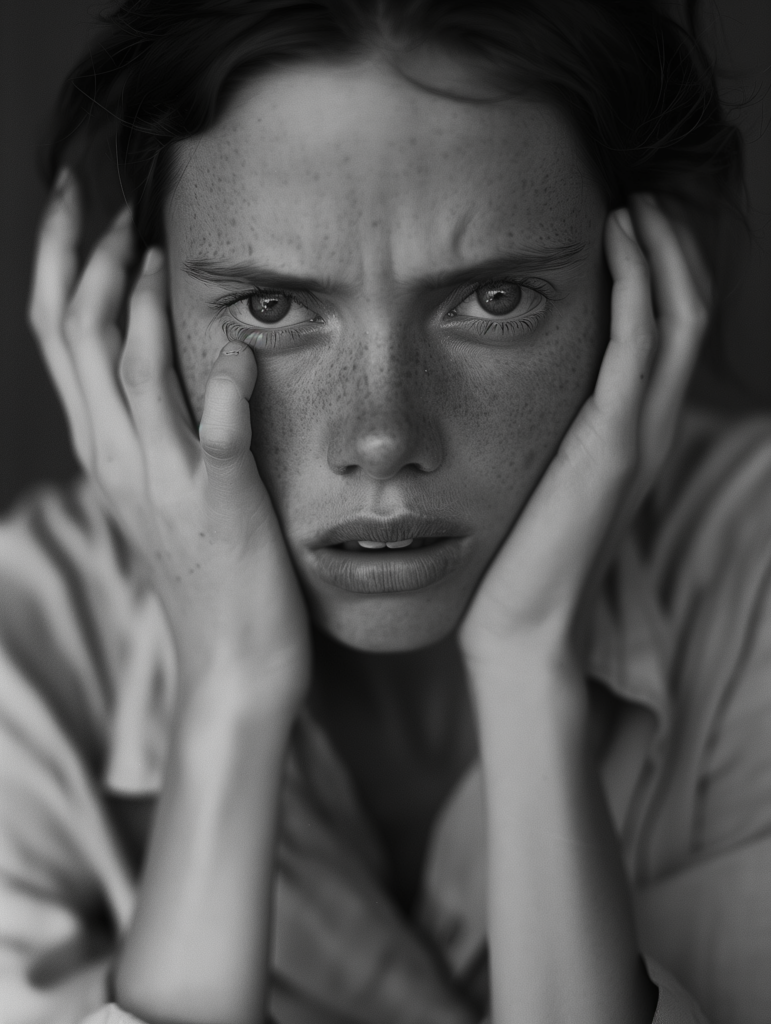
Before we dive into how to overcome these unpleasant side effects it’s important to understand what causes them in the first place. When you consume cannabis the main psychoactive compound THC interacts with the endocannabinoid system in your brain.
This can lead to changes in perception mood and cognition. For some people these changes can trigger feelings of anxiety or paranoia. Research suggests that several factors can play a role in the likelihood of experiencing these negative effects including:
- Individual brain chemistry and genetics
- Dosage and potency of the cannabis consumed
- Method of consumption (smoking vaping edibles etc.)
- Set and setting (your mindset and environment when using)
- Underlying mental health conditions like anxiety or depression It’s also worth noting that certain strains of cannabis particularly those with high levels of THC and low levels of CBD may be more likely to cause anxiety or paranoia. CBD is a non-psychoactive compound in cannabis that can help counteract some of the negative effects of THC.
Tips for Overcoming Weed Anxiety and Paranoia

Now that we have a better understanding of what causes these unpleasant side effects let’s look at some practical tips for overcoming them.
1. Start Low and Go Slow
One of the most important things you can do to avoid weed anxiety and paranoia is to start with a low dose and gradually increase it as needed. This is especially important if you’re new to cannabis or trying a new strain.
Take a small hit or a low-dose edible and wait at least an hour to see how you feel before consuming more. Starting with a low dose can help minimize the risk of experiencing adverse effects.
2. Choose the Right Strain
As mentioned earlier certain strains of cannabis may be more likely to cause anxiety or paranoia. In general strains with high levels of THC and low levels of CBD are more likely to produce these negative effects. Look for strains that are high in CBD or have a more balanced THC:CBD ratio. Some popular strains for reducing anxiety include:
- Harlequin
- ACDC
- Cannatonic
- Sour Tsunami
- Pennywise Choosing the right strain can play a key role in minimizing the risk of experiencing weed-induced anxiety or paranoia.
3. Create a Comfortable Environment
The setting in which you consume cannabis can have a big impact on your experience. Make sure you’re in a comfortable and familiar environment where you feel safe and relaxed. Avoid using weed in unfamiliar or stressful situations. Some
people find that consuming cannabis at home or in nature can help reduce anxiety and paranoia.
4. Practice Mindfulness and Relaxation Techniques

Mindfulness and relaxation techniques can be powerful tools for managing weed-induced anxiety and paranoia. Try practicing deep breathing meditation or yoga before or during your cannabis use.
These practices can help calm your mind and body and promote a sense of relaxation and well-being.
5. Distract Yourself
If you start to feel anxious or paranoid while using cannabis try distracting yourself with an activity you enjoy. Listen to music watch a funny movie or TV show engage in a creative hobby or chat with a friend.
Shifting your focus away from your anxious thoughts can help you relax and enjoy your high more fully.
6. Stay Hydrated and Nourished
Dehydration and low blood sugar can sometimes contribute to feelings of anxiety or paranoia when using cannabis. Make sure to drink plenty of water and eat a healthy snack before or during your cannabis use.
Avoiding alcohol and other drugs can also help reduce the risk of negative side effects.
7. Know When to Take a Break

If you find that you’re consistently experiencing anxiety or paranoia when using cannabis it may be time to take a break.
Give yourself some time to reset and reevaluate your relationship with the drug. You may need to adjust your dosage method of consumption or choice of strain. Or you may decide that cannabis isn’t the right fit for you at this time.
Final thoughts
While cannabis can be an enjoyable and beneficial substance for many people it can also cause unpleasant side effects like anxiety and paranoia for some individuals.
By understanding the factors that contribute to these negative effects and implementing strategies like starting with a low dose choosing the right strain creating a comfortable environment practicing mindfulness and relaxation techniques distracting yourself staying hydrated and nourished and knowing when to take a break you can help overcome weed anxiety and paranoia and enjoy your high more fully.
Remember everyone’s experience with cannabis is unique so it’s important to listen to your body and mind and make adjustments as needed. It’s also crucial to be aware of the potential long-term effects of cannabis use as outlined in the Diagnostic and Statistical Manual of Mental Disorders.
Frequently Asked Questions
Can CBD help reduce weed anxiety and paranoia?
Yes CBD is a non-psychoactive compound in cannabis that can help counteract some of the negative effects of THC including anxiety and paranoia. Look for strains with a high CBD:THC ratio or consider using CBD oil or other CBD products in conjunction with your cannabis use.
Is it possible to build up a tolerance to weed anxiety and paranoia?
While it’s possible to build up a tolerance to some of the effects of cannabis over time this doesn’t necessarily apply to anxiety and paranoia. In fact using cannabis regularly may actually increase your risk of experiencing these negative side effects. It’s important to listen to your body and take breaks as needed.
Can certain methods of consumption reduce the risk of weed anxiety and paranoia?
Some people find that certain methods of consumption like vaping or using edibles can produce a more gradual and controllable high that may be less likely to trigger anxiety or paranoia. However this can vary from person to person so it’s important to experiment and find what works best for you.
What should I do if I start to feel anxious or paranoid while using cannabis?
If you start to feel anxious or paranoid while using cannabis try practicing deep breathing or other relaxation techniques. Distract yourself with an activity you enjoy like listening to music or chatting with a friend. If your symptoms persist or become severe seek medical attention or reach out to a trusted friend or family member for support.
Can underlying mental health conditions increase the risk of weed anxiety and paranoia?
Yes underlying mental health conditions like anxiety depression or bipolar disorder can increase the risk of experiencing negative side effects like anxiety or paranoia when using cannabis.
The statements on this blog are not intended to diagnose, cure, treat or prevent any disease. FDA has not evaluated statements contained within the blog. Information on this website or in any materials or communications from Inheal is for educational/informational purposes only and is not a substitute for medical advice, diagnosis, or treatment. Please consult your healthcare provider before making any healthcare decisions, correct dosage or for guidance about a specific medical condition.

A connoisseur of cannabis creativity and true contemplation with more than 20 years of experience, Chris extracts deep thoughts from getting lightly baked and shares his wandering mind. He blends cuisine and cannabis culture into nutritious, delicious recipes and insights for other hemp lovers.
Related Posts

How to Roll the Perfect Joint: A Step-by-Step Guide

What do While High? Best Activities to Enhance Your Experience

Delta 8 vs Delta 9: Which One Truly Reigns Supreme?

Best Healthy Snacks When High

How to Get Rid of Red Eyes from Weed

How to Pass a Drug Test for Weed: Tips and Strategies

THCA and Creativity: Inspiring Artists Musicians and Writers

HHC vs Delta 9

Cannabis Hangover Cure: Remedies That Actually Work
All Posts



